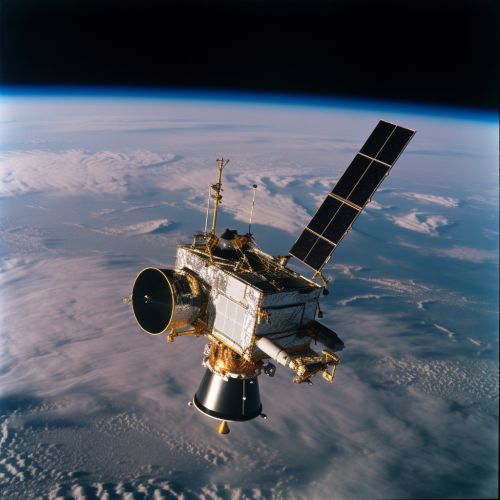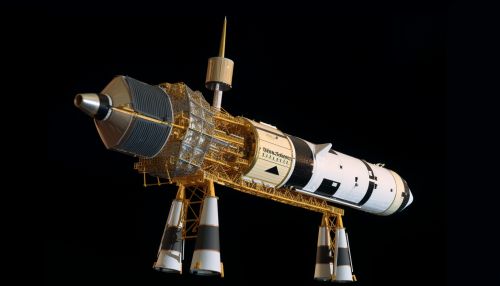Chandrayaan-1
Introduction
Chandrayaan-1 was the first Indian lunar exploration mission undertaken by the ISRO. Launched in October 2008, this mission marked India's first step towards lunar exploration and was a significant milestone in the country's space program.
Mission Objectives
The primary objectives of Chandrayaan-1 were to conduct a detailed chemical, mineralogical and photo-geologic mapping of the lunar surface. The mission aimed to increase scientific knowledge, test India's technological capabilities, and provide challenging opportunities for planetary research for the Indian scientific community.
Design and Development
Chandrayaan-1 was designed and developed by the ISRO Satellite Centre (ISAC) and the ISTRAC. The spacecraft was a cuboid with a side of approximately 1.5 meters and was equipped with a high-gain antenna for communication with the Earth station. The spacecraft carried 11 scientific instruments built in India, USA, UK, Germany, Sweden and Bulgaria.


Launch and Lunar Orbit Insertion
Chandrayaan-1 was launched on 22 October 2008 from the Satish Dhawan Space Centre (SDSC) SHAR, Sriharikota, India. The spacecraft was inserted into lunar orbit on 8 November 2008.
Scientific Findings
Chandrayaan-1 made several significant scientific discoveries. The mission's X-ray Spectrometer (C1XS) detected weak solar X-ray fluorescence signals, which indicated the presence of magnesium, aluminium and silicon on the lunar surface. The Moon Mineralogy Mapper (M3) onboard the spacecraft confirmed the presence of water molecules on the lunar surface.
End of Mission
The mission was initially planned to last for two years. However, on 28 August 2009, communication with the spacecraft was lost. Chandrayaan-1 had been operational for 312 days, during which it completed more than 3400 orbits around the Moon and met most of its scientific objectives.
Legacy
Chandrayaan-1 has left a lasting legacy in the field of lunar science. The mission's findings have contributed to a better understanding of the Moon's geology and environment. The success of Chandrayaan-1 also paved the way for future lunar missions by ISRO, including Chandrayaan-2.
